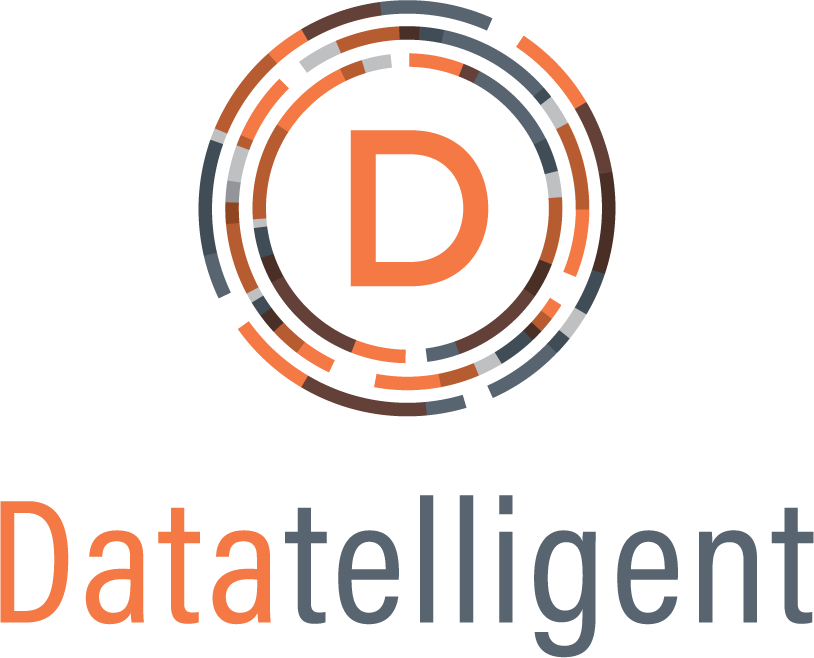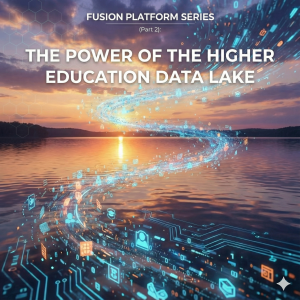In today’s data-driven world, understanding how to store, manage, and analyze information is crucial for success. Two fundamental technologies often discussed are Database Management Systems (DBMS) or platforms, and Data Warehouses (DW). While both handle data, they serve distinct purposes and are optimized for different tasks. Confusing them can lead to inefficient processes and missed opportunities. At Datatelligent, we help organizations navigate these complexities. Let’s break down the key distinctions.
What is a Database Management System (DBMS) / Platform?
Think of a Database Management System as the engine that powers day-to-day operations. It’s software designed to create, read, update, and delete data in operational databases efficiently.
Purpose: Running the Business (OLTP)
A DBMS primarily supports Online Transaction Processing (OLTP). These are the frequent, short transactions essential for everyday business functions:
- Processing a customer order
- Updating inventory levels
- Registering a student for a course
- Recording a bank transaction
The focus is on speed, accuracy, and consistency for current operations.
Key Characteristics
- Real-time Data: Reflects the current state of the business.
- Normalized Structure: Data is typically organized to minimize redundancy and improve data integrity, often spread across many related tables.
- Optimized for Writes: Designed for frequent insertions, updates, and deletions.
- Focused Scope: Often supports a specific application or business process.
What is a Data Warehouse (DW)?
A Data Warehouse, on the other hand, is designed specifically for analysis and reporting. It consolidates data from various operational systems (often managed by DBMS) into a central repository optimized for querying and business intelligence.
Purpose: Analyzing the Business (OLAP)
Data Warehouses support Online Analytical Processing (OLAP). The goal is to analyze historical data to identify trends, patterns, and insights:
- Analyzing sales performance over the last five years
- Tracking marketing campaign effectiveness
- Understanding long-term student retention rates
- Generating quarterly financial reports
The focus is on query performance and providing a comprehensive view for decision-making.
Key Characteristics
- Historical Data: Stores large volumes of data accumulated over time.
- Optimized Structure for Reads: Often uses denormalized or specialized structures (like star or snowflake schemas) to speed up complex analytical queries.
- Optimized for Reads: Designed for efficiently querying large datasets. Updates are typically done in batches (e.g., nightly loads).
- Integrated Scope: Pulls data from multiple sources across the enterprise.
The Key Difference Between Data Warehouse and Database Management System
| Feature | Database Management System (DBMS) | Data Warehouse (DW) |
| Primary Goal | Run daily operations (OLTP) | Analyze business performance (OLAP) |
| Data Focus | Current, real-time data | Historical, aggregated data |
| Data Structure | Normalized (reduces redundancy) | Often Denormalized (optimizes queries) |
| Processing | Fast transactions (read, write, update) | Complex analytical queries (read-heavy) |
| Update Freq. | Constant, real-time updates | Periodic batch loads |
| Scope | Application-specific or departmental | Enterprise-wide, integrated view |
| Users | Front-line workers, applications, DBAs | Business analysts, data scientists, execs |
Data Management in Data Warehouse Environments
Effective data management in data warehouse scenarios is crucial. It involves more than just storage; it’s about ensuring data quality, consistency, and accessibility for analysis. This typically involves robust ETL (Extract, Transform, Load) or ELT (Extract, Load, Transform) processes to pull data from source systems (often managed by DBMS), clean and reshape it, and load it into the management data warehouse structure. Governance, metadata management, and security are also key components of managing a DW effectively. The goal is to create a reliable “single source of truth” for analytical purposes.
The Silo Effect: When Traditional Data Systems Create Barriers
A significant challenge many organizations face, even those with data warehouses, is the persistence of data silos. This often happens when:
- Departmental Solutions: Different departments implement their own databases or even separate data marts (smaller, focused data warehouses) without central coordination.
- Software Limitations: Specific applications (like CRM, ERP, LMS) act as isolated database management platforms, storing valuable data that isn’t easily integrated elsewhere.
- Legacy Systems: Older systems may be difficult to connect to modern warehousing solutions.
- Lack of Strategy: Without a unified data strategy, data naturally fragments across various systems.
These silos prevent a holistic view of the organization. Marketing data might be separate from sales data, which is separate from operational data, making comprehensive analysis difficult or impossible. As we discussed in our recent article, combining these fragmented sources into a unified platform, like a data lake, is often the next step to unlock the full potential of an organization’s data.
Higher Education: A Case Study in Data Silos
We see this challenge frequently in the Higher Education sector. Institutions rely on multiple specialized platforms, each acting as its own data management system:
- Learning Management Systems (LMS): Platforms like Canvas or Moodle store rich data about course engagement, assignment submissions, and student interactions within courses.
- Student Information Systems (SIS): Systems like Banner or PeopleSoft manage student records, registration, grades, financials, and demographic information.
- Admissions/CRM Systems: Tools used for recruitment and managing prospective student data.
- Financial Systems: Platforms managing budgets, grants, and institutional finances.
Each platform is essential, but they often operate in isolation. Getting a simple report, like correlating student engagement in Canvas with their final grades and demographics stored in Banner, can become a major technical hurdle. This difference between data warehouse and database management system approaches becomes stark – the operational systems (LMS, SIS) hold the data, but analyzing it together requires a dedicated analytical layer, like a well-designed data warehouse or data lake, to break down the silos.
Datatelligent: Your Partner in Unified Data
Understanding the difference between data warehouse and database management system tools is the first step. The next is implementing the right strategy for your organization’s unique needs.
Whether you’re struggling with data silos created by multiple database platforms, looking to build your first management data warehouse, optimize an existing one, or explore modern solutions like data lakes, Datatelligent can help. We meet you where you are in your data journey, providing the expertise and solutions needed to integrate your data, eliminate silos, and empower data-driven decision-making.
Contact Datatelligent today to learn how we can help you unlock the true value of your data.












